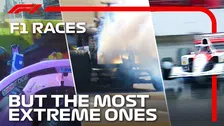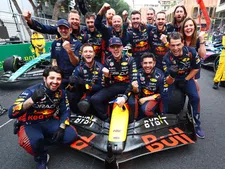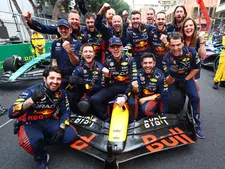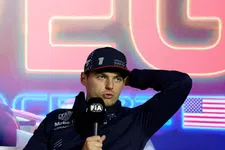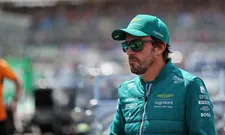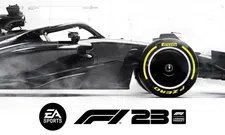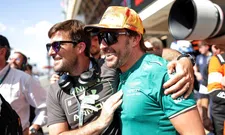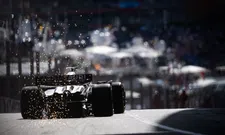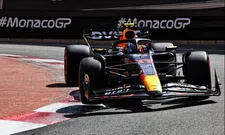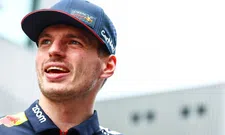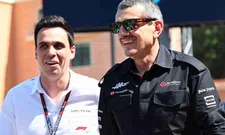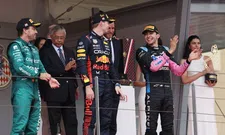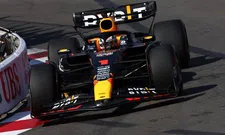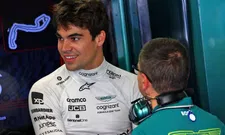A number of pre-war races were held in Monaco, but the first race for the world championship took place in 1950. That event marked the first victory of future five-time champion Juan Manuel Fangio in an official championship race. The Monaco GP was not held in 1951, 1953, and 1954, but subsequently became a regular feature of the Formula 1 calendar.
Circuit features
At 3.337 kilometres long, Circuit de Monaco, as it is officially called, is the shortest track on the entire calendar. Interestingly, because of its low speed, it is the only circuit that does not adhere to the minimum Formula 1 race distance of 305 kilometres prescribed by the FIA. The Monaco circuit is extremely narrow, making it the most difficult to overtake. Nelson Piquet even compared it to 'cycling through your living room'. Therefore, qualifying and strategy are essential, while races generally see less excitement.
A lap starts with a 90-degree bend: Sainte-Dévote. The first sector can be aptly characterised as an uphill explosion as the cars bypass Massanet and Casino Square. Mirabeau is followed by the famous Fairmont Hairpin, known as the tightest and slowest corner on the calendar with average speeds of 30 mph. The subsequent tunnel section is the only covered corner in Formula 1 and is followed by the difficult Nouvelle chicane.
After Tabac and Louis Chiron, the drivers have to manoeuvre through the dangerous Swimming Pool Chicane that has claimed many victims (including Max Verstappen and Charles Leclerc) in recent years. The tight Rascasse bend is one of the few overtaking opportunities and after a short lift at Antony Noghès, the cars tear towards the finish line.
A lap through the principality is marked by a 44-metre difference in altitude from the highest point to the lowest. As Monaco has no straights, the drivers have to stay focused at all times. Drivers face the treacherous task of maximising the width of the circuit and getting as close to the walls as possible. This is why Monaco has a reputation as a circuit for real drivers.
Due to the obvious challenges of racing on the city streets, the Monaco Circuit has hardly changed since it was realised almost a century ago. The Nouvelle Chicane was added to the circuit in 1986. Several changes have been made to the kerbs and walls, mainly for safety reasons.
Masters of Monaco
Monaco is the opportunity for the best drivers to prove themselves, even with an inferior car. Briton Graham Hill won the Monaco GP five times in the 1960s and was called the King of Monaco. Perhaps the biggest victory of his career was at the 1968 edition. After starting from pole and leading the field for the first few laps, Hill got into a breakaway by dodging a straggler. Hill returned to the track in fifth, but remarkably set several lap records on his way past Jackie Stewart and Lorenzo Bandini.
Most people, however, recognise Ayrton Senna as the Master of Monaco. He has won six times on the streets of Monte Carlo: a number not yet surpassed by any other driver. His 1988 pole lap remains perhaps the best of all time, as he surpassed McLaren teammate and future four-time champion Alain Prost by a whopping 1.427 seconds. His strongest performance in Monaco was not one of his dominant victories. In the 1984, he finished a remarkable second place in heavy rain with a relatively uncompetitive Toleman, with which he was four seconds per lap faster than race leader Prost at the end of the race.
Fame and glory
Although the Monaco GP is often disappointing for race fans, it is important for the sport. After all, it attracts big-name celebrities and puts Formula 1 in the world's spotlight like no other event. The neighbouring Port Hercule is packed with yachts belonging to the super-rich during the race weekend, many of whom want to catch a glimpse.
For drivers, the Monaco GP is considered the most prestigious race on the calendar. Together with the Indianapolis 500 and the 24 Hours of Le Mans, the race weekend forms the Triple Crown: considered by many to be the three most prestigious motorbike races in the world. To date, only Hill has won all three events, thus completing the Triple Crow. Juan Pablo Montoya and Fernando Alonso have won two of the three events, namely Monaco and Indianapolis 500.

